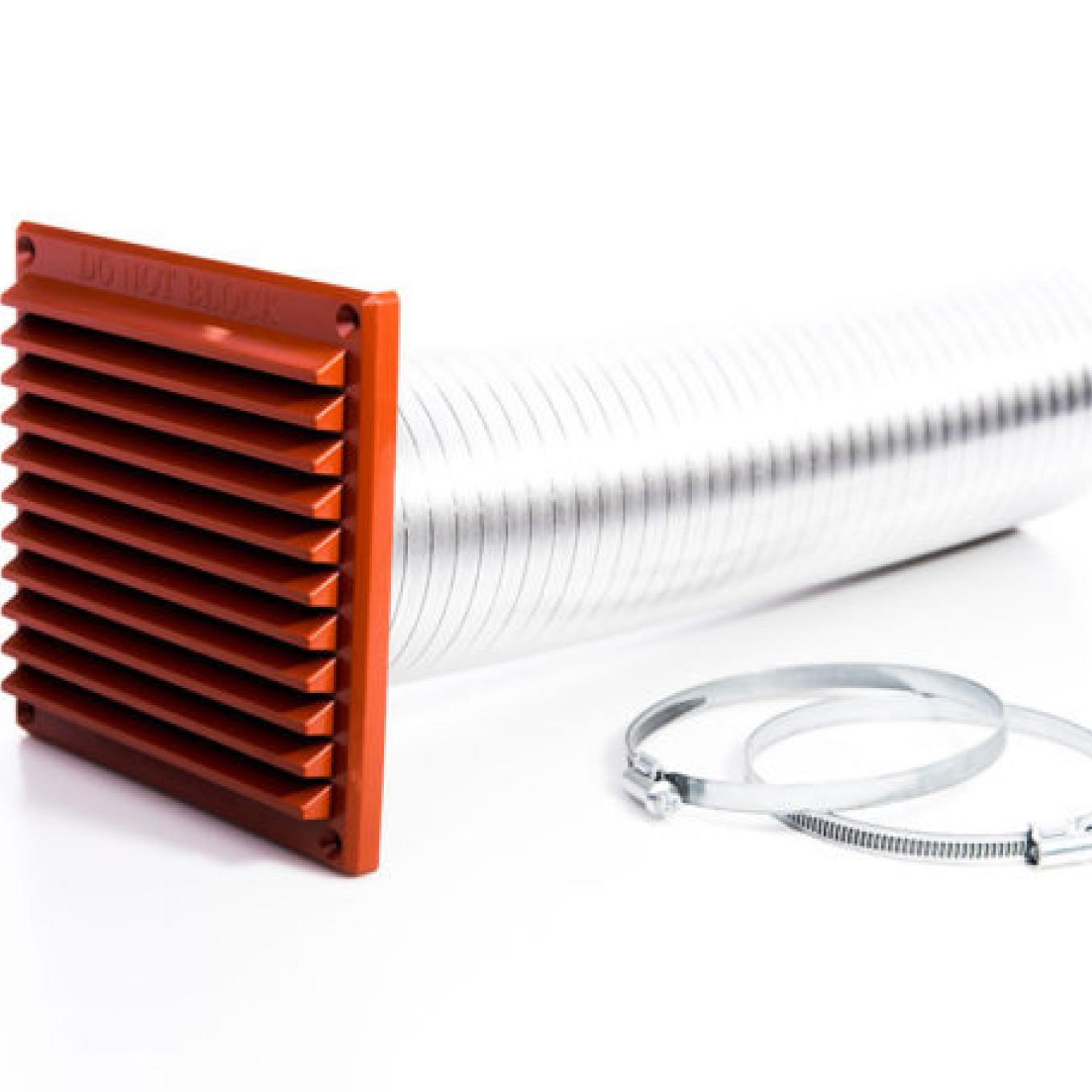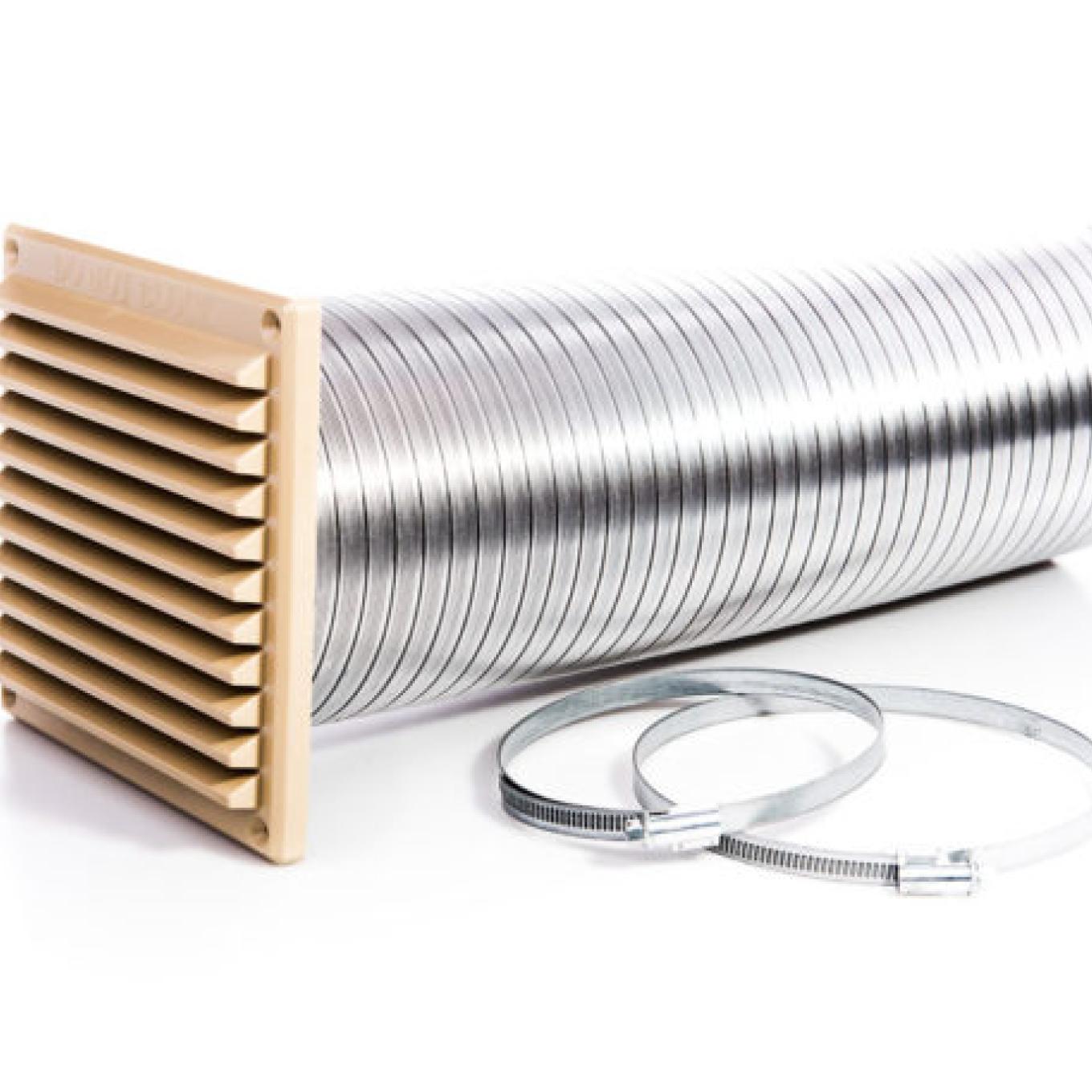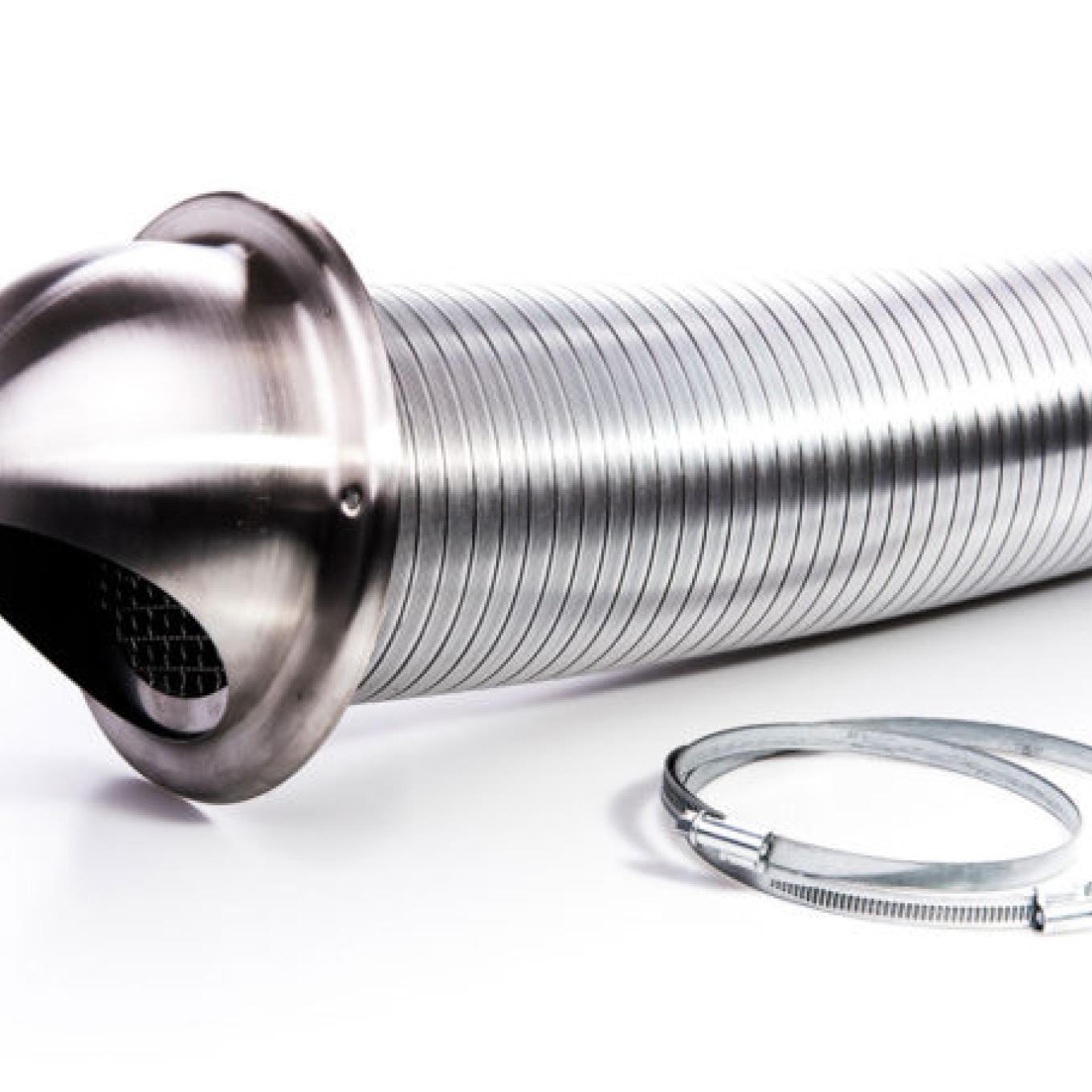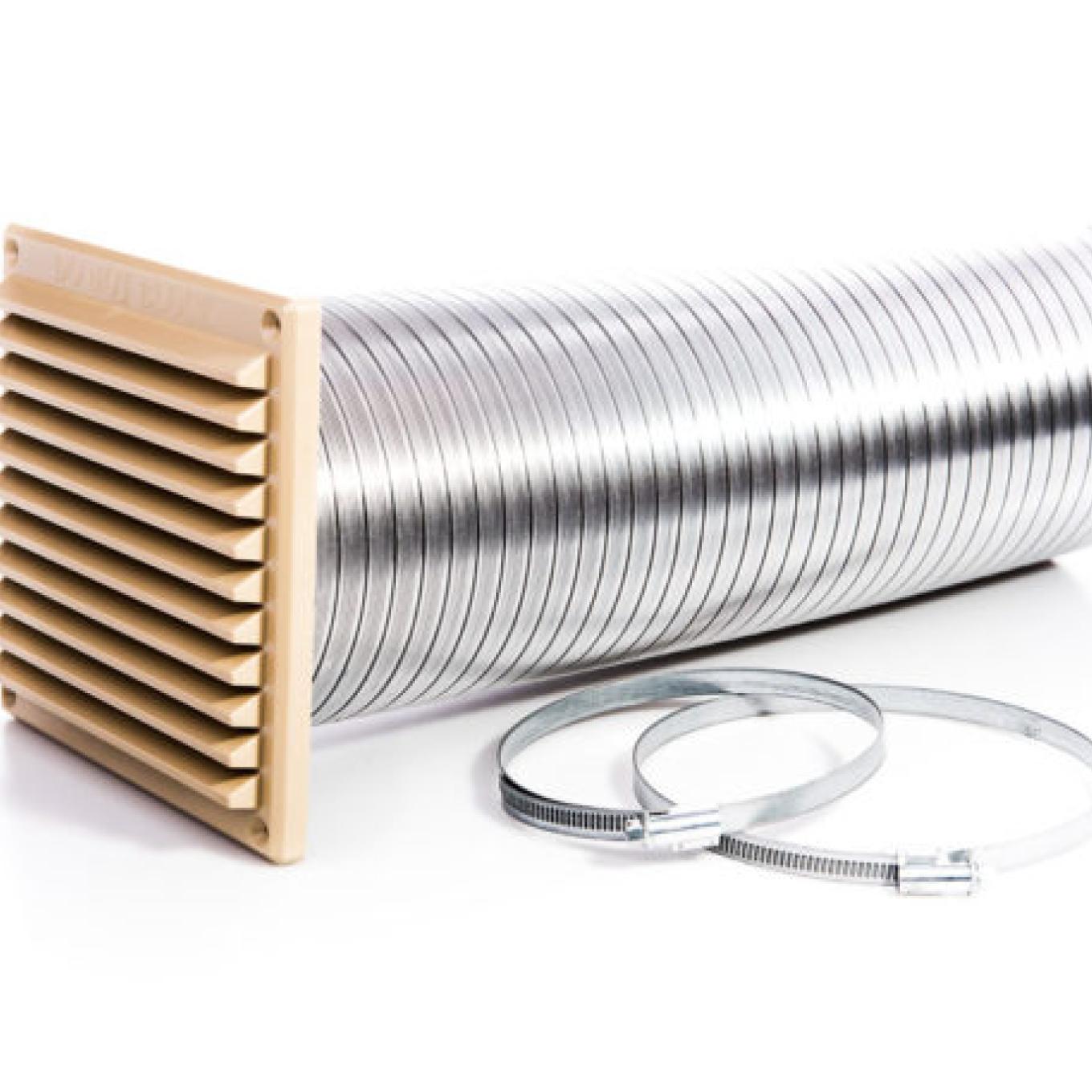This is an extract from HETAS List no. 25 2019
PERMANENT VENTILATORS (FOR SUPPLY OF COMBUSTION AIR) ESSENTIALS
All heating appliances that produce heat from the combustion of carbon based fuels such as gas, oil and solid fuels including wood, require enough fresh air from outside for complete combustion and to enable the fl ue/chimney to function correctly to remove the combustion products safely to the outside. Solid Fuel, Wood and Biomass burning Appliances that draw their combustion air from within the dwelling are required by Building Regulations to have installed a fi xed permanently open ventilator to provide this air from the outside of the dwelling. Without adequate ventilation there is a danger that the combustion process will be incomplete producing large amounts of carbon monoxide and also that the function of the fl ue will be impaired. This combination can cause emissions of poisonous gases to the room resulting in sickness and ultimately death to the occupants.
AIR REQUIREMENTS FOR SOLID MINERAL FUEL & WOOD BURNING APPLIANCES
Building Regulations (Approved Document J) give guidance that should be followed on the amount of air that solid fuel appliances require. For closed appliances this is based mainly on their rated heat output. Less effi cient appliances such as simple open fi res require more air than closed appliances because of the additional air that enters the appliance above the fi rebed and the regulations give separate guidance on this. The information given below is for quick reference and is extracted from Table 1, Section 2 of the Building Regulations Approved Document J: 2010; Combustion Appliances and Fuel Storage Systems. Please Note: The air requirement for other fuels (e.g. oil and gas) will be diff erent. CLOSED APPLIANCES E.G. STOVES, RANGE COOKERS OR
INDEPENDENT BOILERS
For closed appliances without any draught stabilizer fi tted installed in a building where the design air permeability is greater than 5.0 m3 /h.m2 , the air requirement is 550 mm2 per kW of rated output above 5kW e.g. for 8 kW this would be: (8-5) x 550 = 3 x 550 = 1,650 mm2 /16.5cm2 . If the building’s design air permeability is less than 5.0 m3/h.m2 the air requirement is 550mm2 per kW of rated output. If the appliance has a fl ue draught stabilizer fi tted then the following air requirements apply: Installations in buildings where the design air permeability is greater than 5.0 m3 /h.m2 ; For the fi rst 5 kW of rated output add 300mm2 per kW and then from 5 kW upwards, add 850mm2 per kW. e.g. for 8 kW the air requirement would be: (5x300) + (3x850) = 4,050 mm2 /40.5cm2 . If the building’s design air permeability is less than 5.0 m3 /h.m2 ; add 850mm2 per kW of rated output. Please Note: A dwelling constructed before 2008 is unlikely to have an air permeability less than 5.0 m3 /h.m2 at 50Pa unless extensive measures have been taken to improve air tightness. Appendix F of Approved Document J gives additional details.
OPEN FIRES
If the open fi re is the simple inset type incorporating a throat forming lintel or gather then the air requirement would be 50% of the cross-sectional area of the throat opening. If the open fi re is the free-standing type which does not incorporate a throat then the air requirement would be 50% of the cross-sectional area of the fl ue. Detailed guidance with examples is given in Approved Document J. For simple inset open fi res with a throat the guidance states that the following air requirement is necessary based on the width of the fi re opening: For fi replace openings greater than 500mm in width or freestanding open fi res that are open to the room on more than one side please see the additional guidance given in Approved Document J.







